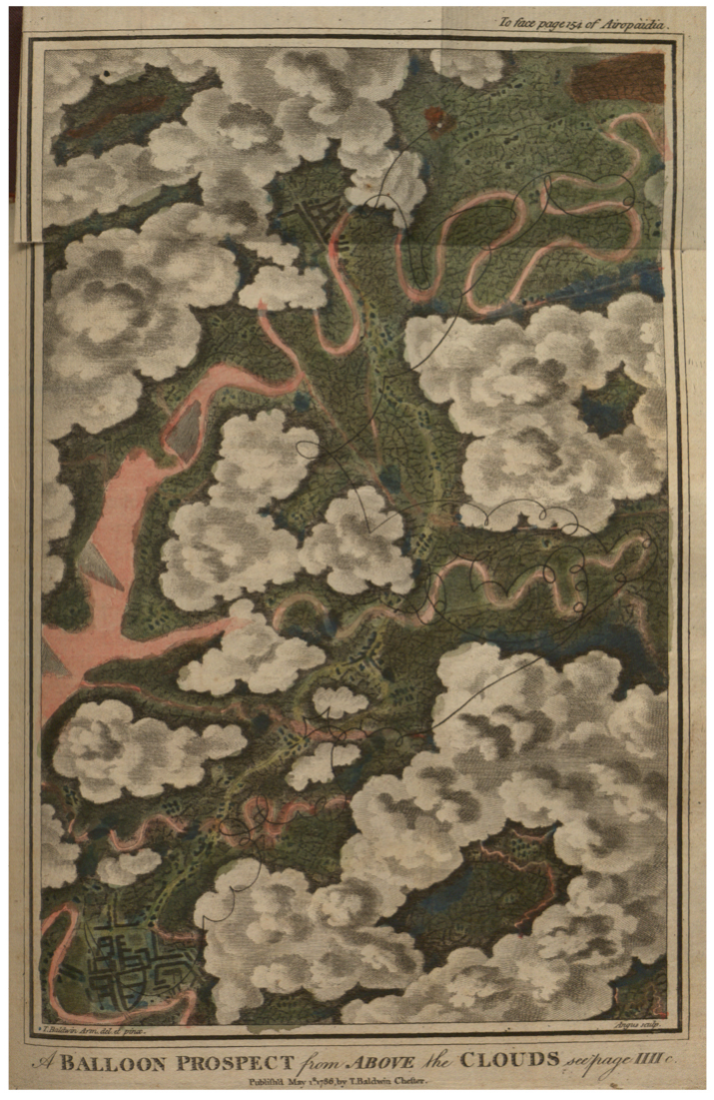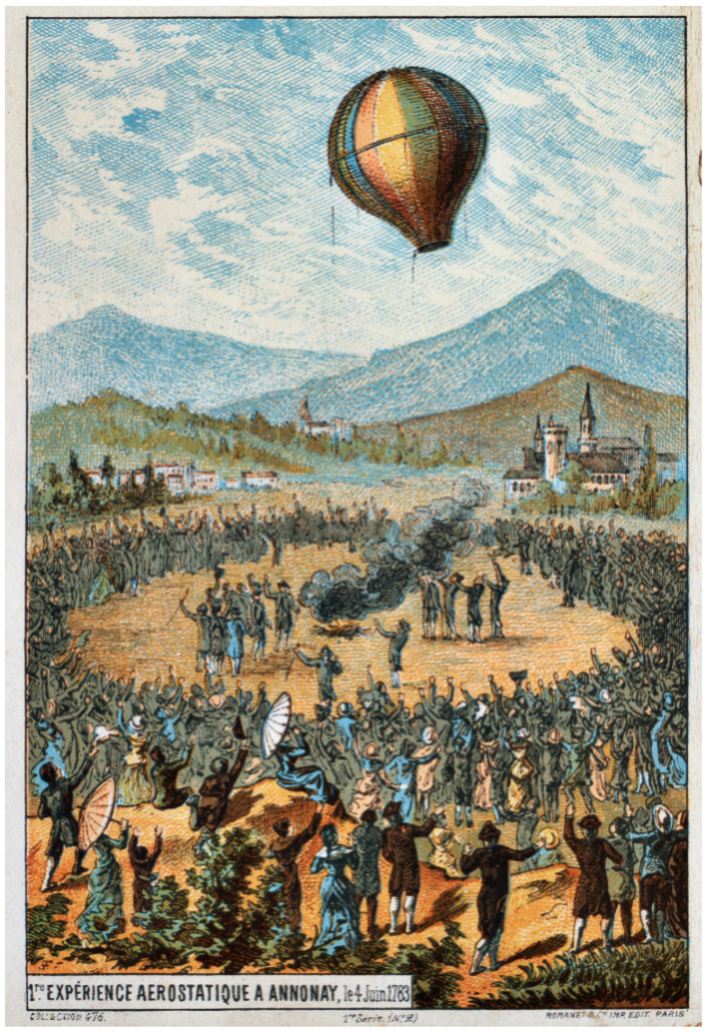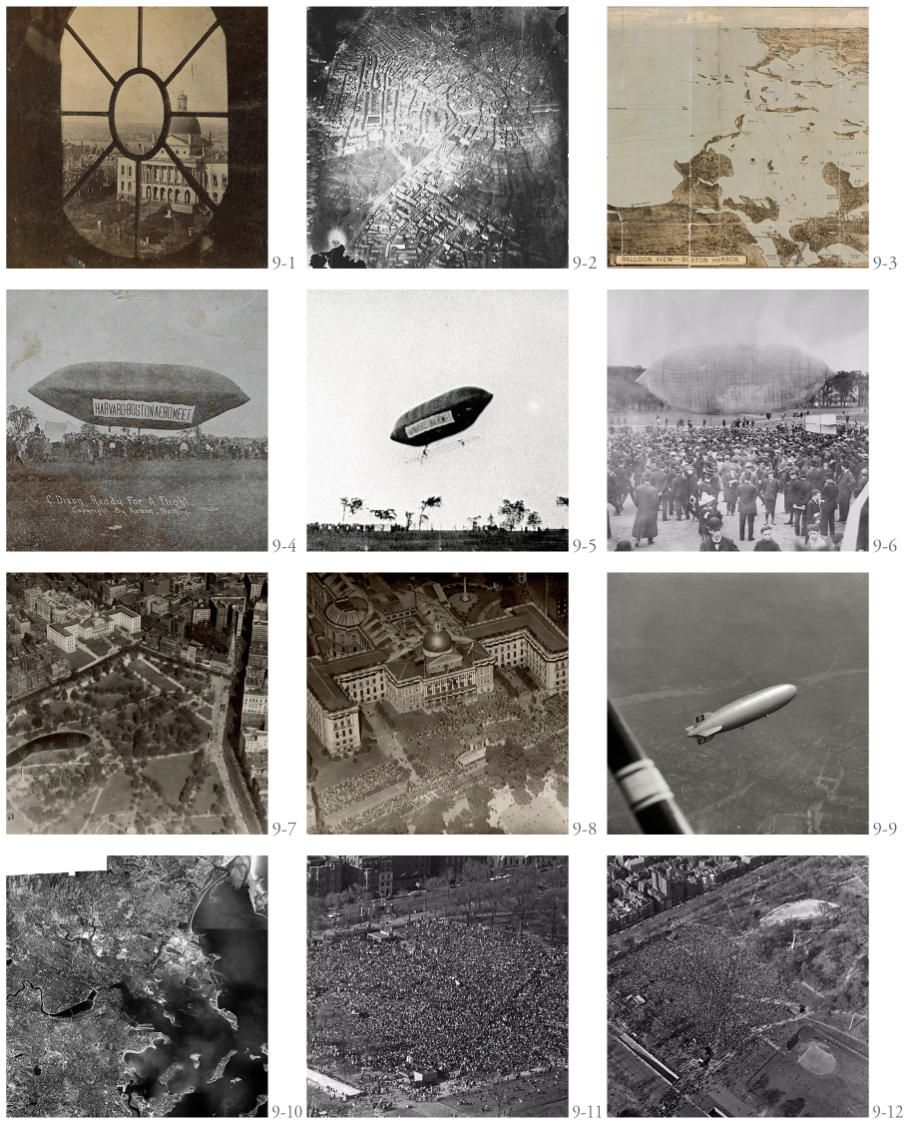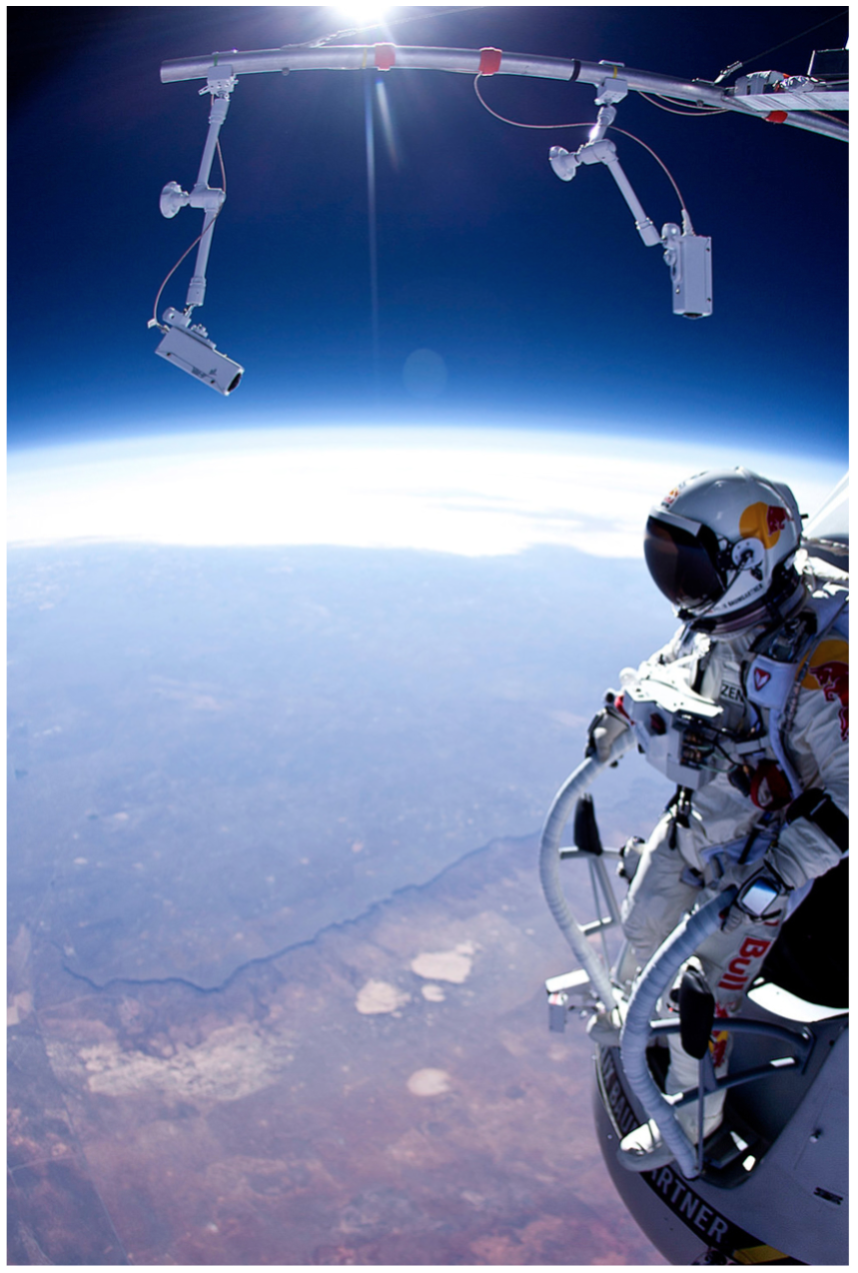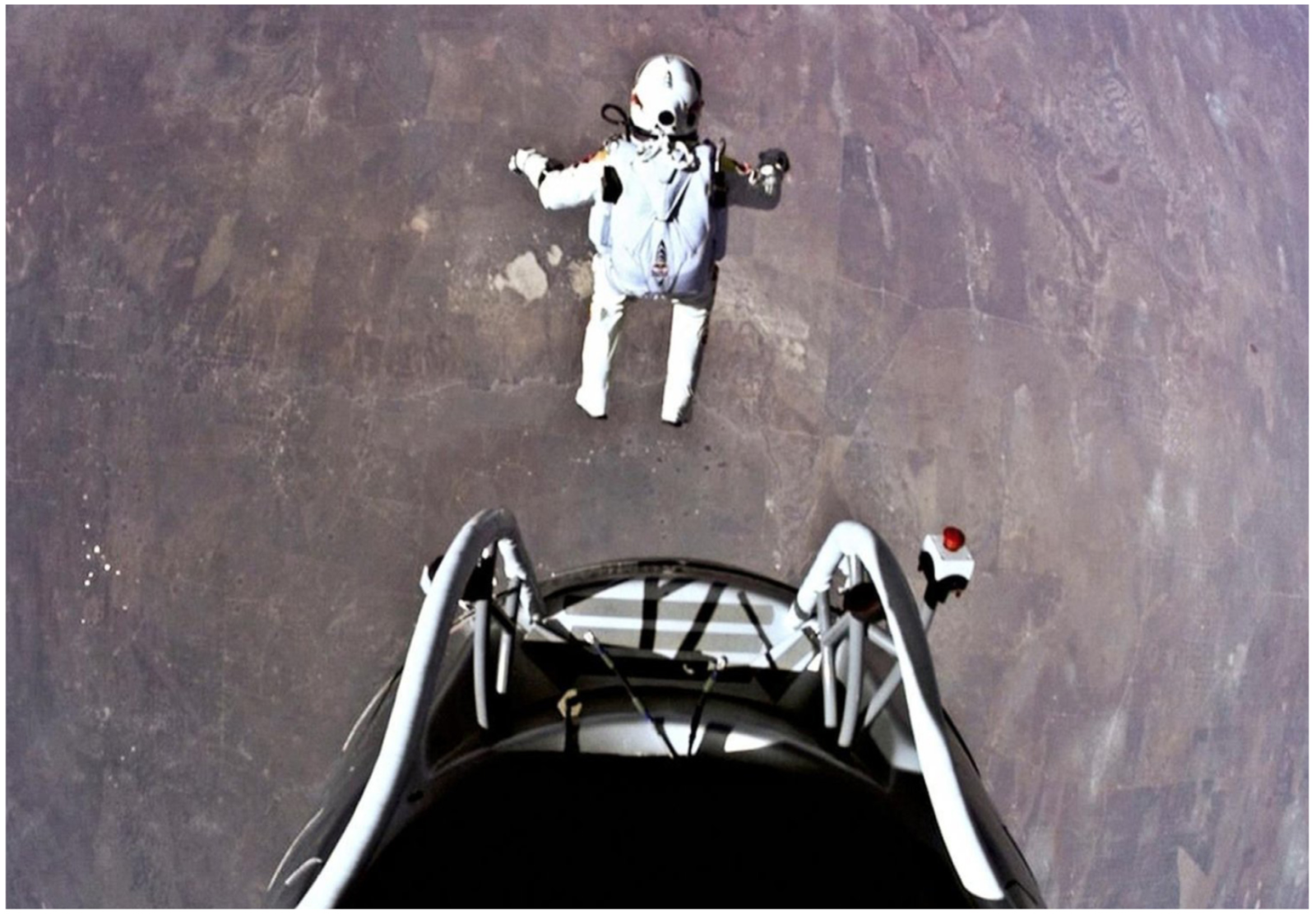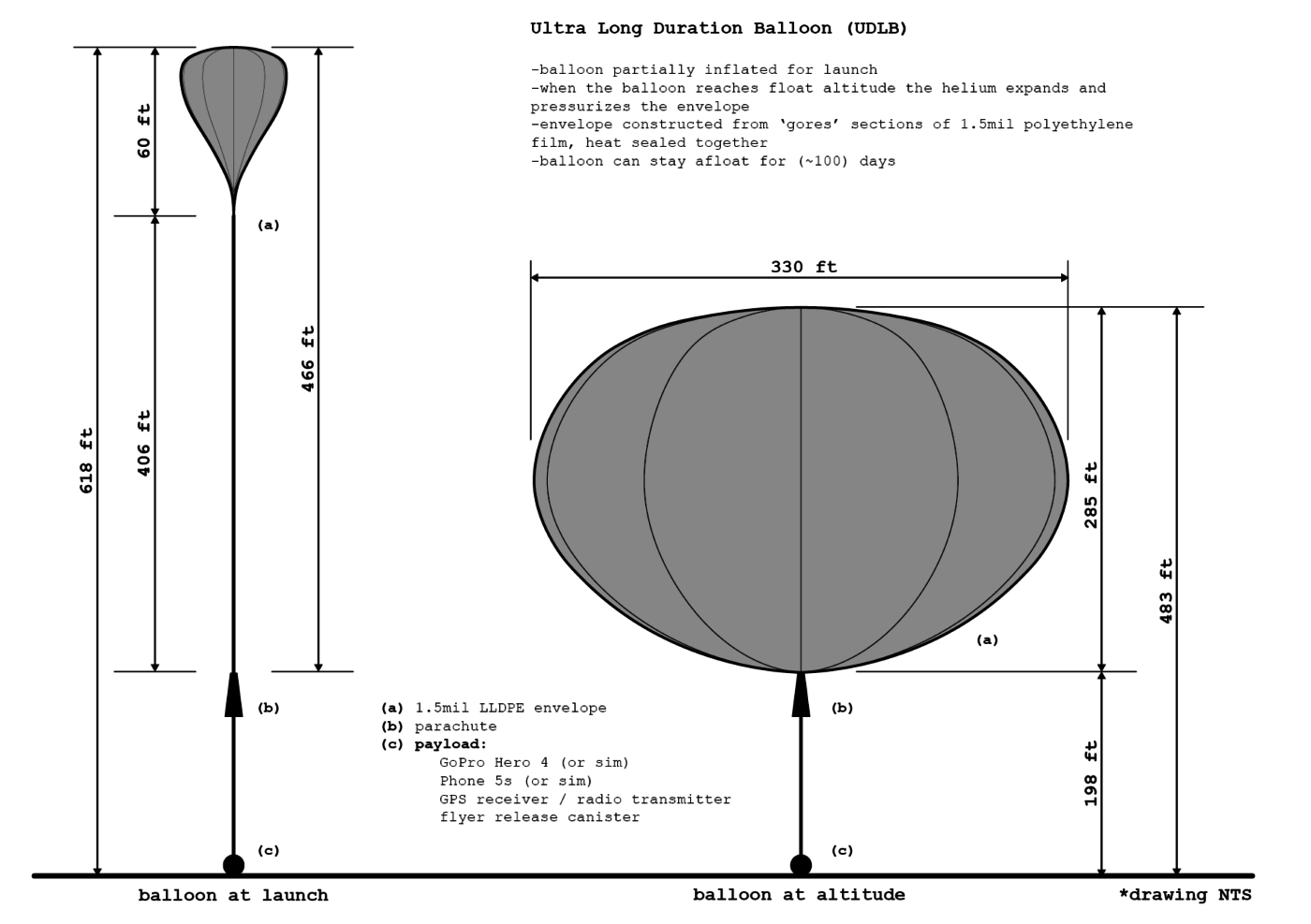Autoscopic Extremis
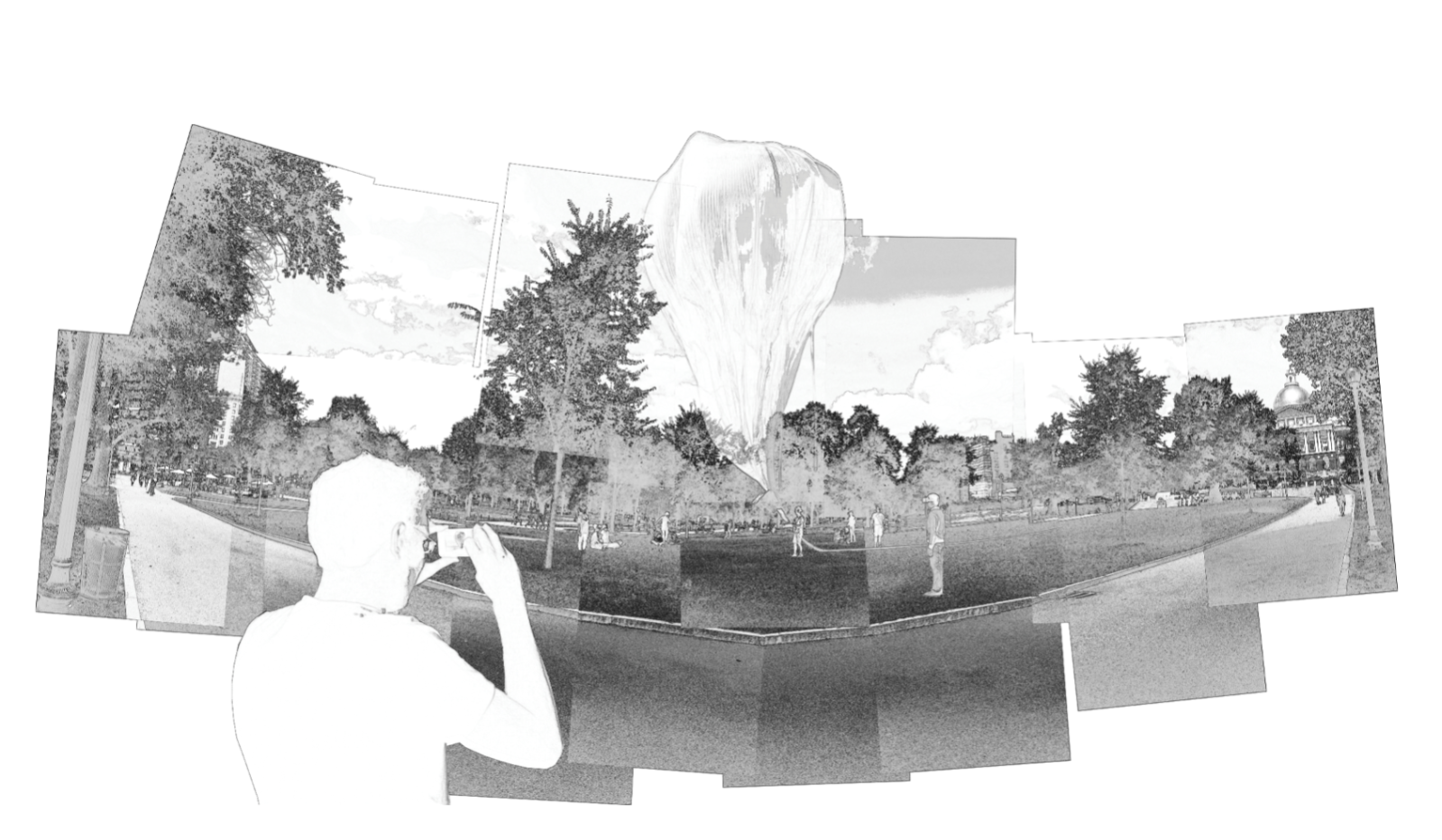
Autoscopic Extremis launch preparation
by Keith Hartwig (MDes ’18)
Autoscopic Extremis examines the aerostat’s many manifestations and symbolic meanings throughout history. In military and authoritative contexts the aerostat elevates the observer above the subject being observed below, essentially establishing a subject-object hierarchy in which the space of the ground below can be targeted and analyzed.
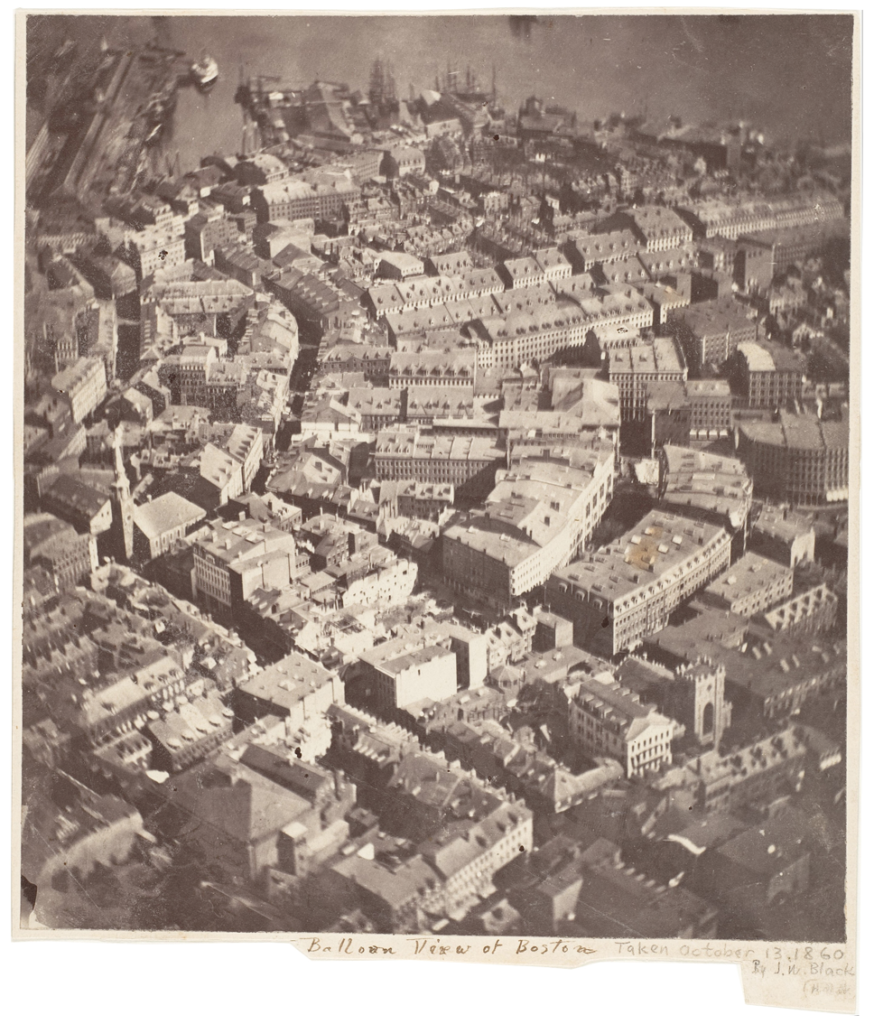
In civilian and recreational contexts the aerostat has enabled great feats, lifting people to incredible vantage points from which to view the sublime and majestic landscape. The genealogy of the aerostat suggests that its military and civilian histories are inextricably bound and are codependent on one another. In the same historical accounts of the aerostat we find it documented as a symbol of hierarchy and order as well as a symbol of freedom and egalitarianism. In the same historic episodes we see it being used to conduct military reconnaissance and to celebrate the abolition of tyranny. Or, as we are witnessing today, the aerostat is concurrently being used by the military to conduct domestic surveillance and by private companies to provide free internet to the developing world. It is in this contested and fertile space between the militarized and the civilian, the public and the private, the object and subject that Autoscopic Extremis resides.
